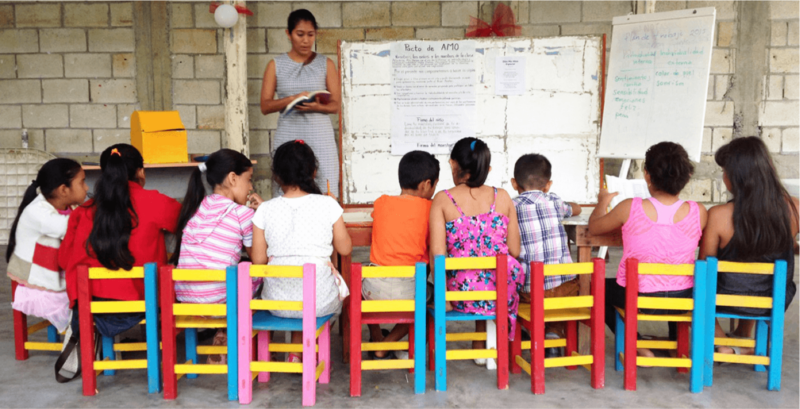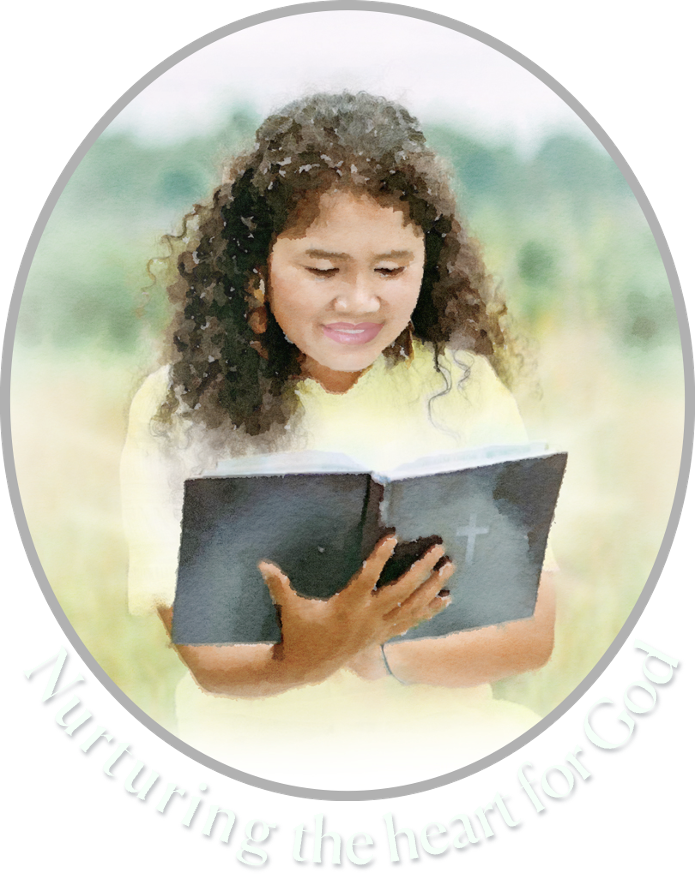
AMO’s ® Name and Logo
A.M.O. is an acronym for “Feed My Lambs” in the Romance languages, in which the verb “amo” means “I love.”
Apacienta Mis Ovejas
Apascenta Minhas Ovelhas
AMO’s ® Mission
Build hope and vision in the next generation to influence the culture for Christ by:
– Producing an inspired, principle-based program that nurtures the whole child with truth, beauty and moral goodness
– Teaching the adults who disciple children how to reason with truth and use the curriculum
– Cultivating a Christian worldview, sensibilities and character in two generations

For more details, please view our AMO® Program Power Point
AMO’s ® History
The AMO® Program was created in 2002 by Dr. Elizabeth Youmans, educator and founder of Chrysalis International. Burdened by the millions of at-risk children around the world and challenged by the failure of modern education to equip them with virtuous character and the ability to think and reason with truth, she designed the AMO® Program with enriched components that restore hope and the love of learning, while transforming the thinking and sensibilities of TWO GENERATIONS — children and those who disciple them.

Inspired by Jesus’ command in John 21:15, “Do you truly love Me?…Feed My lambs,” she found the word “feed” in Greek portrays a wholistic view for nurturing children that goes far beyond providing physical food. It means “to nourish the inner man with spiritual food; to provide hope and good expectation; to delight; to cherish; to supply the eyes with beauty; to guard and protect; to tend with gentle care; and to lead to good pasture for sustained growth.”
This definition expresses AMO’s® educational philosophy. Jesus showed His love for children and taught us that “they are the greatest in the kingdom of God.” AMO® is a program that uses biblical methods rooted in the Christian view of the child, which call forth the full potential of each child in Christ. Please view our Christian View of Children Power Point for more details.
The Program has been successfully planted in over 25 countries. Curricular units are still being written and translated for use in the nations in English, Spanish, Portuguese, and French.
